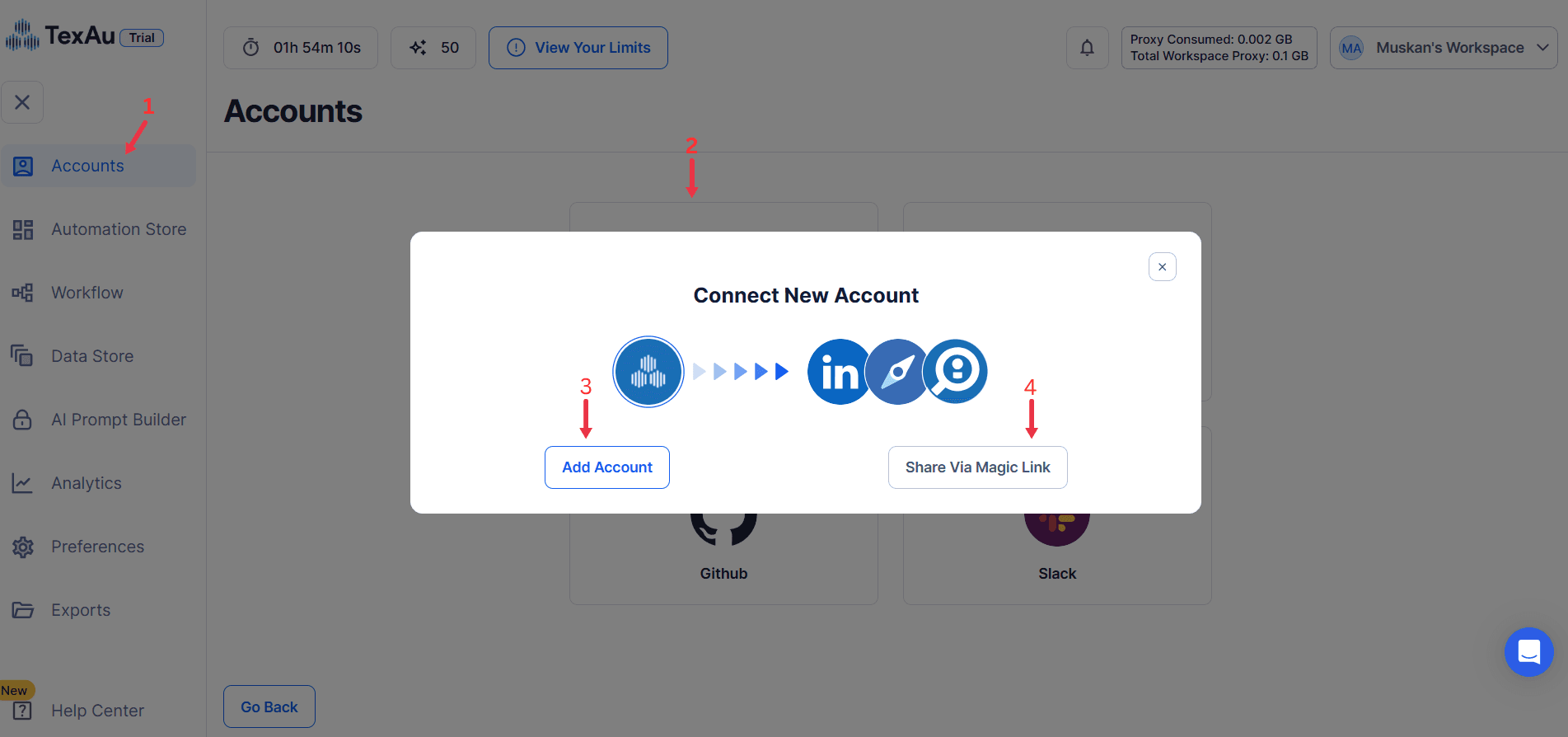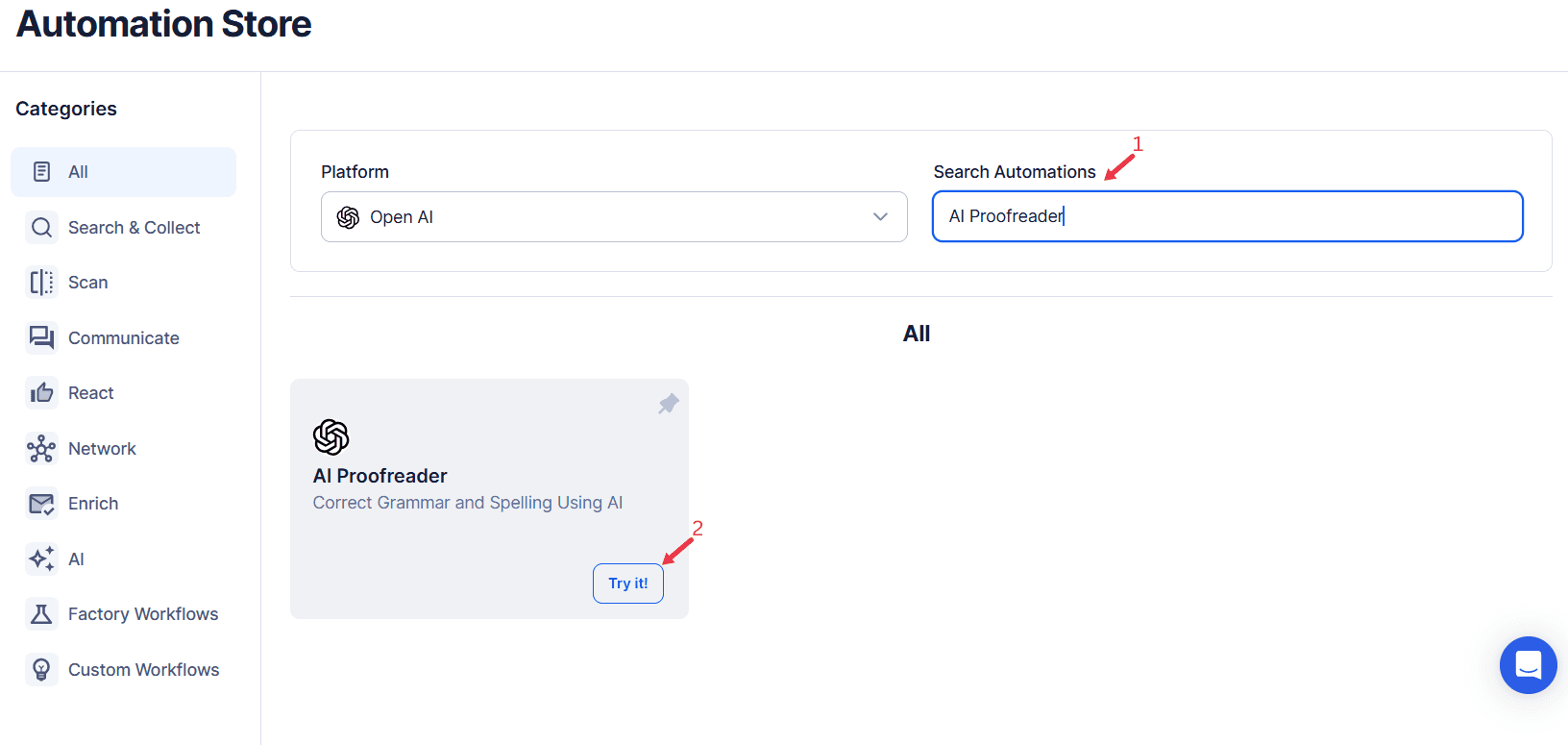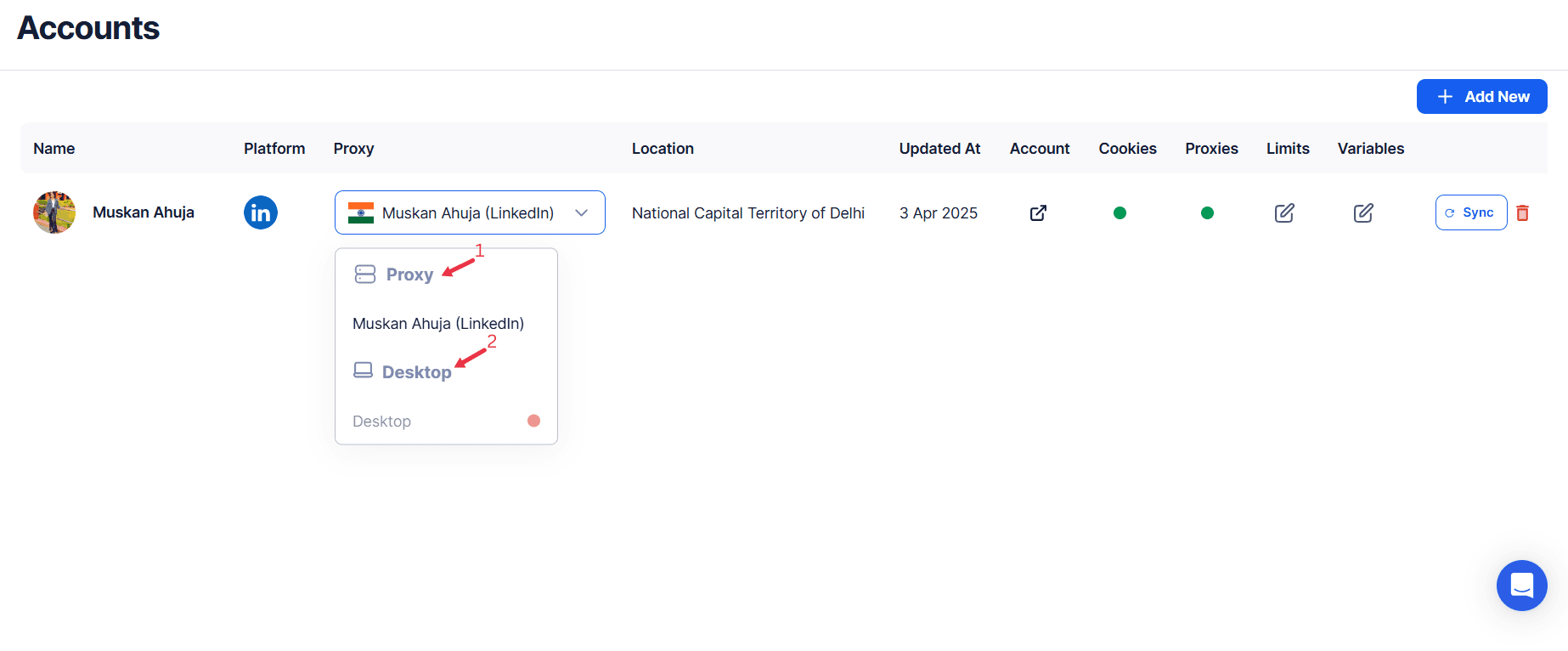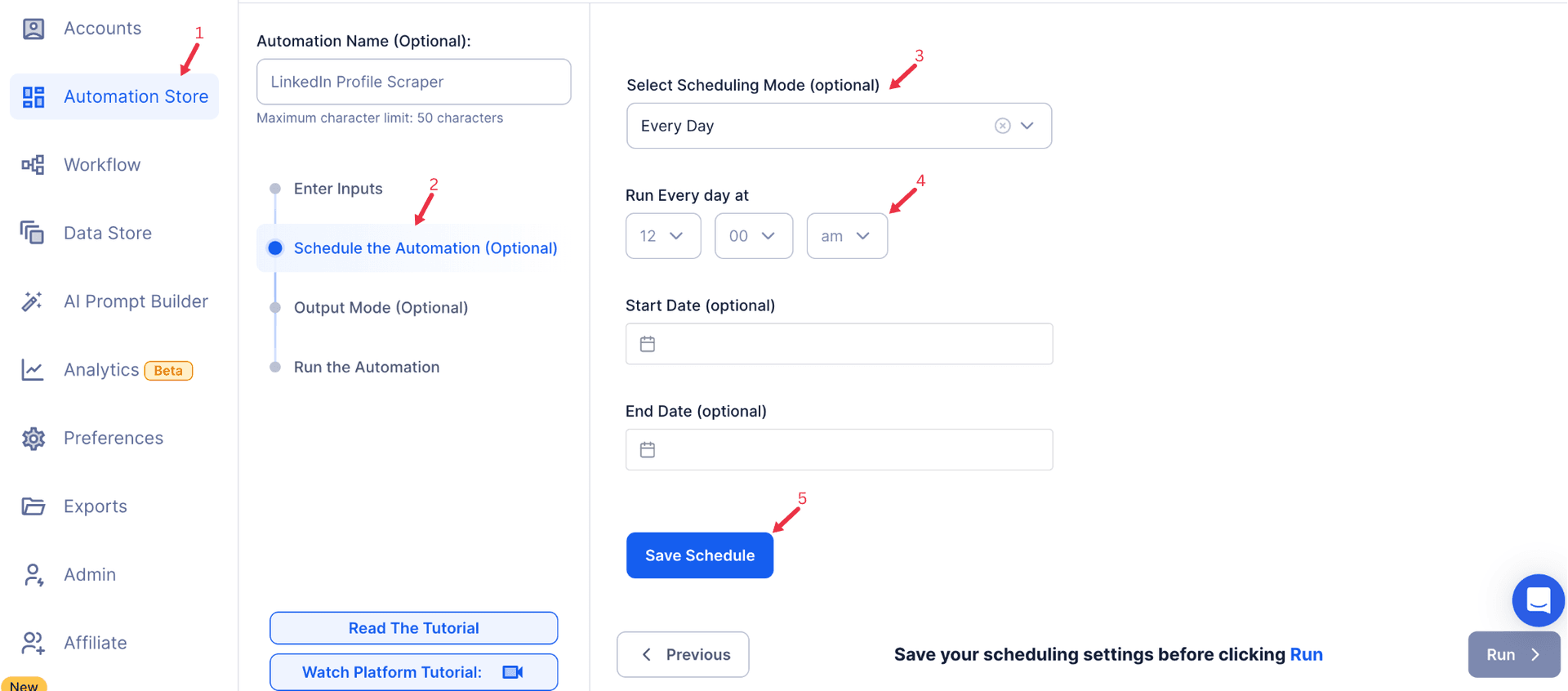AI Proofreader
Refine your writing with TexAu’s AI Proofreader automation. Perfect for founders, marketers, and growth hackers, this tool detects and corrects grammar, spelling, and syntax errors, ensuring polished content. Automate proofreading tasks with support for bulk inputs, flexible scheduling, and export options like Google Sheets and CSV. Maintain professionalism and save time with seamless content optimization today!
Tutorial
Overview
The AI Proofreader automation in TexAu helps founders, sales managers, marketers, and growth hackers ensure their written content is polished and error-free. This tool is designed to detect and correct grammar, spelling, and syntax errors, improving the overall quality and professionalism of your content. With TexAu’s flexible features, you can automate proofreading tasks, save the results to Google Sheets or CSV, and run the automation on cloud or desktop.
Follow this step-by-step guide to configure and run the AI Proofreader automation.
Step 1: Log in to the TexAu and Connect Linkedin.
Log in to your account at v2-prod.texau.com.

Step 2: Search for the Particular Automation
Log in to your TexAu account at v2-prod.texau.com. In the Automation Store, search for AI Proofreader and select it to open the configuration page.

Step 3: Select Your Input Source
AI Summarizer efficiently condenses lengthy text into key highlights, making it easier to grasp essential information quickly. It enhances productivity by automatically extracting the most relevant insights from any given content.
Single Input
This option allows you to summarize a single text input using AI within a specified OpenAI account.
Account: Select the OpenAI account that will be used for summarization.
Post Content: Enter the text content or message that needs to be summarized.
Google Sheets
Use this option to process multiple text inputs listed in a Google Sheet.
Select Google Account: Link your Google account or select an existing one. Add a new Google account if needed.
Select Your Spreadsheet: Click "Open Google Drive" to locate the Google Sheet. Choose the spreadsheet and sheet where text data is stored.
Processing Options:
Number of Rows to Process (Optional): Specify how many rows to process from the sheet.
Number of Rows to Skip (Optional): Define how many rows to skip before starting the process.
Post Content: Allow multiple inputs for processing multiple text entries.
Loop Mode (Optional)
- Turn on Loop Mode to reprocess the Google Sheet from the start once all rows are completed.
Watch Row (Optional)
Watch Row feature helps automate workflows by detecting new Google Sheet entries and running workflows without manual action.
Define Watch Row settings by selecting an update frequency and an execution timeframe.
Watch Row Schedule
- None
- Scheduling Intervals (e.g., every 15 minutes, every hour)
- One-Time Execution
- Daily Execution
- Weekly Recurrence (e.g., every Tuesday and Thursday)
- Monthly Specific Dates (e.g., 7th and 22nd)
- Custom Fixed Dates (e.g., January 9)
By default, Watch Row scans every 15 minutes and runs for five days unless changed.
With Watch Row, workflows stay dynamic and data-driven.
Process a CSV File
For static lists of text content stored in a CSV file.
Upload the File: Click "Upload CSV File" and select the CSV containing the text data. Ensure the file includes all the required fields.
Adjust Processing Settings:
Number of Rows to Process (Optional): Specify how many rows to process.
Number of Rows to Skip (Optional): Define how many rows to skip before starting the process.
Step 4: Choose Cloud or Desktop Execution
- Decide how you want to run the automation:
- Cloud Mode: Automates tasks on TexAu’s servers with built-in proxies. You can add custom proxies via Settings > Preferences > Proxies.
- Desktop Mode: Runs automation on your local device using your IP address.
Tip: Desktop mode saves cloud runtime credits and gives more control over the process.
- Decide how you want to run the automation:

Step 5: Schedule the Automation (Optional)
Configure a schedule to run the summarization task at your preferred time or frequency. Click Schedule and choose one of the following options:
- None
- At Regular Intervals (e.g., every 12 hours)
- Once
- Every Day
- On Specific Days of the Week (e.g., Monday, Wednesday)
- On Specific Days of the Month (e.g., the 5th and 25th)
- On Specific Dates (e.g., January 15)
Tip: Use the scheduling feature for recurring tasks like summarizing weekly reports or monitoring updates on web pages.

Step 6: Set an Iteration Delay (Optional)
To simulate a natural pace and prevent API throttling, configure an Iteration Delay. Set Minimum Delay and Maximum Delay values to vary the time interval between each summarization task. You can choose seconds, minutes, or hours as the delay units.
Screenshot Suggestion: Include a screenshot of the Iteration Delay settings showing the fields for Minimum Delay, Maximum Delay, and time units.
Step 7: Choose Your Output Mode (Optional)
Decide how you want to manage and export the summarized data:
- Export Options: Choose to export data directly to Google Sheets or a CSV file for convenient storage and analysis.
- Output Management:
- Append (Default): Add new summaries to the existing file.
- Split: Create a new file for each automation run.
- Overwrite: Replace previous summaries with the latest results.
- Duplicate Management: Enable Deduplicate to avoid processing duplicate entries from your input.
Tip: Exporting to Google Sheets ensures collaborative tracking and easy sharing of summarized content.
Screenshot Suggestion: Show the output mode selection screen with Google Sheets, CSV, and Deduplicate options highlighted.
Step 8: Access the Data from the Data Store
Once the automation is complete, navigate to the Data Store section in TexAu. Locate the AI Proofreader automation and click See Data to view or download the summarized results.
Screenshot Suggestion: Show the Data Store screen with the "See Data" button highlighted.
The AI Proofreader automation ensures your content is polished and ready for publication. With support for bulk input, scheduling, and seamless export options, this tool helps you save time and maintain high-quality standards for your content. Use it to refine emails, articles, marketing materials, or any written content efficiently.
Recommended Automations
Explore these related automations to enhance your workflow
LinkedIn Post Scraper
TexAu's LinkedIn Post Scraper extracts data from LinkedIn posts, including content, engagement metrics, and author details. Perfect for analyzing trends, tracking competitors, or gathering insights for content strategies, this tool simplifies data collection. Ideal for marketers, researchers, and professionals, TexAu streamlines LinkedIn post analysis, helping you make informed decisions and enhance your LinkedIn engagement strategies.
LinkedIn Auto Like Comment
TexAu's LinkedIn Auto Like Comment automation boosts your engagement by automatically liking and commenting on relevant posts in your network. Increase visibility, nurture relationships, and keep your profile active effortlessly. Ideal for professionals and businesses aiming to build connections, grow influence, and showcase expertise while saving time on LinkedIn engagement.
LinkedIn Auto Comment
The LinkedIn Auto Comment automation helps professionals efficiently post comments on LinkedIn, driving engagement and fostering relationships. Ideal for marketers, founders, and growth hackers, it offers scheduling, Google Sheets/CSV input, and flexible cloud or desktop execution. Simplify your LinkedIn strategy and maintain consistent engagement with this powerful TexAu tool.

Start your 14-day free trial today, no card needed
TexAu updates, tips and blogs delivered straight to your inbox.

